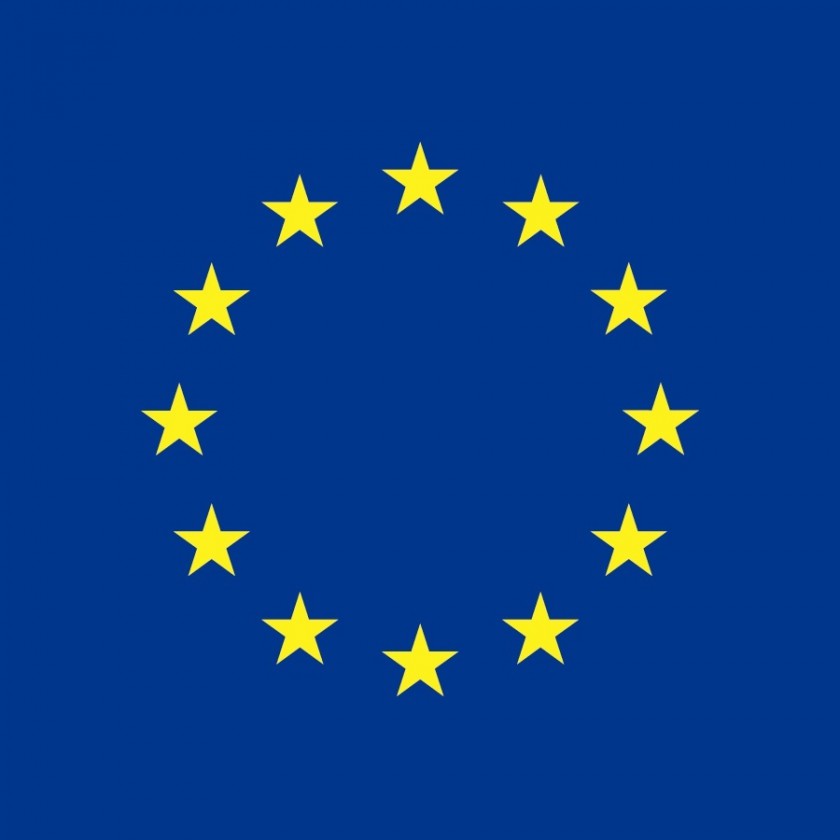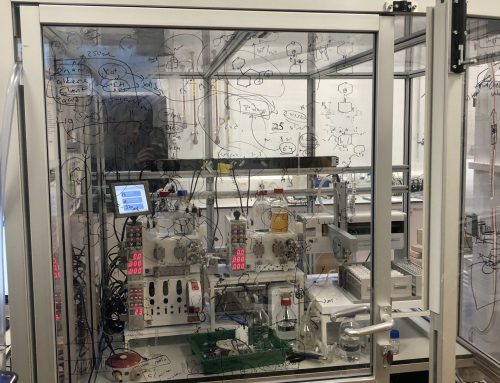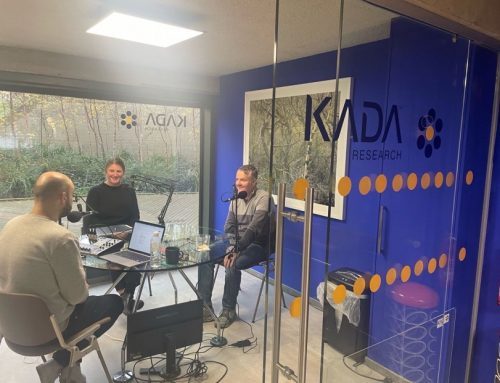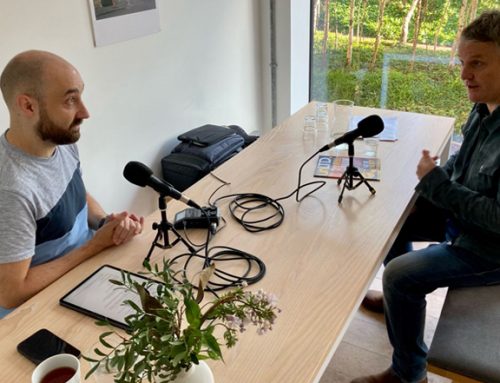If you are delivering a European Regional Development Fund (ERDF) funded project, you may be thinking of commissioning an ERDF Summative Assessment. This can be a complex and confusing process, especially for those new to it. This simple guide to ERDF Summative Assessments takes you through what they are, how to produce them, and how to get the most out of them. In the final section, Kada’s Director Karl gives his own advice and insights based on over two decades of working with clients to produce robust Summative Assessments. It outlines how Kada can help you with assessing your project or programme.
1. What is an ERDF assessment?
All ERDF grant funded recipients have a requirement to produce a Summative Assessment Report. The idea of an ERDF Summative Assessment is to evaluate performance and delivery, showcase lessons and think about the future. A good assessment provides impartial insights into project performance. The rationale for it is to enhance project implementation, and provide reliable evidence of efficiency, effectiveness and value for money, as well as insights into what and why interventions work (or not), and key lessons learned. The analysis conducted as part of a Summative Assessment can be particularly valuable in making the case for future funding.
How Kada does it: One of the main purposes of an ERDF Summative Assessment is to prove to your funders that your project has had tangible benefits. It is worth using the assessment to identify for your own benefit what did and did not go well with your project, and what changes you could make in the future. You can see examples of our ERDF assessment work in our case studies.
2. What needs to go into an ERDF assessment?
Put simply, the ERDF Summative Assessment guidance asks evaluators to review the relevance and consistency of a project and consider its progress, delivery and management. There are also some detailed ERDF requirements in terms of assessing impacts and value for money that require a degree of understanding of economic impact methods such as those highlighted with HMT’s Green Book.
The ERDF Summative Assessment (SA) guidance (ESIF-GN-1-033 Version 4 Date published 1 July 2020) is designed to ensure consistency across the English programme, and places emphasis on implementation and understanding the difference a project has made. You may already be applying many of its principles.
In summary, an ERDF Summative Assessment needs to:
- provide an accurate assessment of contractual performance. As project impacts often take time to come to fruition, it is essential it captures ‘anticipated’ and wider effects.
- set the scene well. Projects need to be set in the context of your local priorities and the local industrial and English and EU programme context.
- ensure relevance and consistency in light of any changes in policy or economic circumstances during delivery – for instance considering the effects of Brexit and, more recently, Covid-19.
- reflect on delivery and management, and the procurement arrangements and partners’ experience.
Mostly importantly, the impacts of your programme must be evidenced with robust data.
How Kada does it: We use a mix of qualitative and quantitative research techniques including desk research, performance analysis, case studies, stakeholder and beneficiary interviews, and impact assessment techniques. This helps us ‘triangulate’ the findings, increasing robustness and reliability.
3. How can I evidence my project’s impact?
The guidance highlights several principles to follow, including beneficiary engagement – taking into account the experiences and comments of anyone who has benefited from the project. To this end we suggest discussions or interviews with all willing beneficiaries to include a pragmatic and useful counterfactual perspective.
It is important to take an independent and consistent approach in order to ensure that you can draw reliable conclusions from your data. There is some flexibility here, but all ERDF projects follow similar approaches: the use of logic models, speaking to stakeholders and beneficiaries, using widely recognised impact assessment techniques etc. This ensures that the reports are of sufficiently high quality and consistency. It is important to be clear in your report about the approach taken and any assumptions made when assessing impacts.
How Kada does it: To ensure that our ERDF Summative Assessments meet the requirements of the Ministry of Housing, Communities and Local Government (MHCLG), we have designed our own impact models specifically tailored to the ESIF 0-014 form. Our approach ensures that all calculations are evidenced and defendable using primary research with direct and indirect beneficiaries and credible benchmarks. We assess cost effectiveness and value for money using a combination of our own in-house intelligence, design bespoke impact models and ensure these are benchmarked against ERDF guidance (which we are familiar with) and our own previous work.
4. What about Brexit – will reports still be useful for clients looking to develop the next iteration of their programme?
Absolutely! Details of the Shared Prosperity Fund are expected in 2021. Those applicants with robust ERDF Summative Assessments will be well placed to submit evidence–based bids for this new funding. Summative Assessments provide an impartial review of delivery capabilities, giving future funders strong evidence that you have the right credentials for project implementation.
Signs are that the Shared Prosperity Fund will mirror many of the priorities in the previous ERDF programme combined with current UK priorities. The big themes for future funders are likely to include impactful low carbon measures, post-Covid 19 resilience and post-Brexit opportunities. Enterprise and innovation programmes are likely to remain important.
Karl: What have you learned from conducting many ERDF summative assessments?
I have been working on ERDF since the 1990’s. For me, the best ERDF Summative Assessments exceed the Government’s minimum standards. We try to speak to all those involved in delivery as well as external partners. We also consult with as many beneficiaries as possible. This ensures that what we are saying is grounded in reality. I have learnt to bring in experts if needed and set up ERDF ‘systems and processes’ to make life easier for the team. We have banks of questions, case study templates from our designer and many impact models and internal value for money benchmarks. A lot of our time goes into presentation including infographics, charts and tables, and we make sure we have powerful quotations to illustrate the key findings. We are not judgemental either. Where programmes are not performing, we look at the reasons why and thinking about the learning points and how challenges might be overcome. This year we have had exceptional mitigating circumstances and unprecedented economic shocks. It has not been an easy time to be an ERDF project manager and our team applies empathy and understanding in assessing performance.
What does Kada offer?
Well, we are a nice team to work with and listen to what clients want and need. We provide high quality, independent, incisive, challenging, evidence–based reports and recommendations. Our team pays close attention to detail. We make our clients’ decision making easy, and routinely exceed their expectations. We also help clients with the paperwork. As part of the process the Government requires project beneficiaries to fill in an ERDF Summative Assessment Report Summary (ESIF-Form-1-014) in Excel. On appearance this looks simple enough but there is a lot of detail and these can take 2 days to fill in well. We do this for our clients at no charge. Our impact and output spreadsheets are set up to drop the findings into the forms. We have evaluated programmes covering innovation, low carbon, enterprise, international trade, start-up, enterprise growth, HE collaboration, sectoral support and many more, covering the full spectrum of ERDF eligible activity. We are able to draw on this extensive experience.
What have clients most liked about ERDF Summative Assessments conducted by Kada?
We ask our clients this. They have commented on our professionalism, approachability and flexibility and the fact we offer full compliance with the ERDF Summative Assessment Guidance. They like our insights on programme performance from different perspectives and have used our recommendations for follow on projects. Clients tell us we are responsive, friendly and easy to work with, providing high quality reports. It gives me comfort that clients return to us after they have worked with us once.
Summing up: What will a client get from an ERDF summative assessment?
An ERDF Summative Assessment allows our clients to:
(a) confidently assert the true costs, savings, and economic and wider impacts and demonstrate the value of their ERDF project to funders and stakeholders, and
(b) critically assess their ERDF projects and programmes, improve their effectiveness, and/or inform future programming decisions.
What next?
If you want to find out more about ERDF Summative Assessments and how we can help you, get in touch with Karl at karl.dalgleish@kadaresearch.co.uk for an initial free consultation about what it involves.




